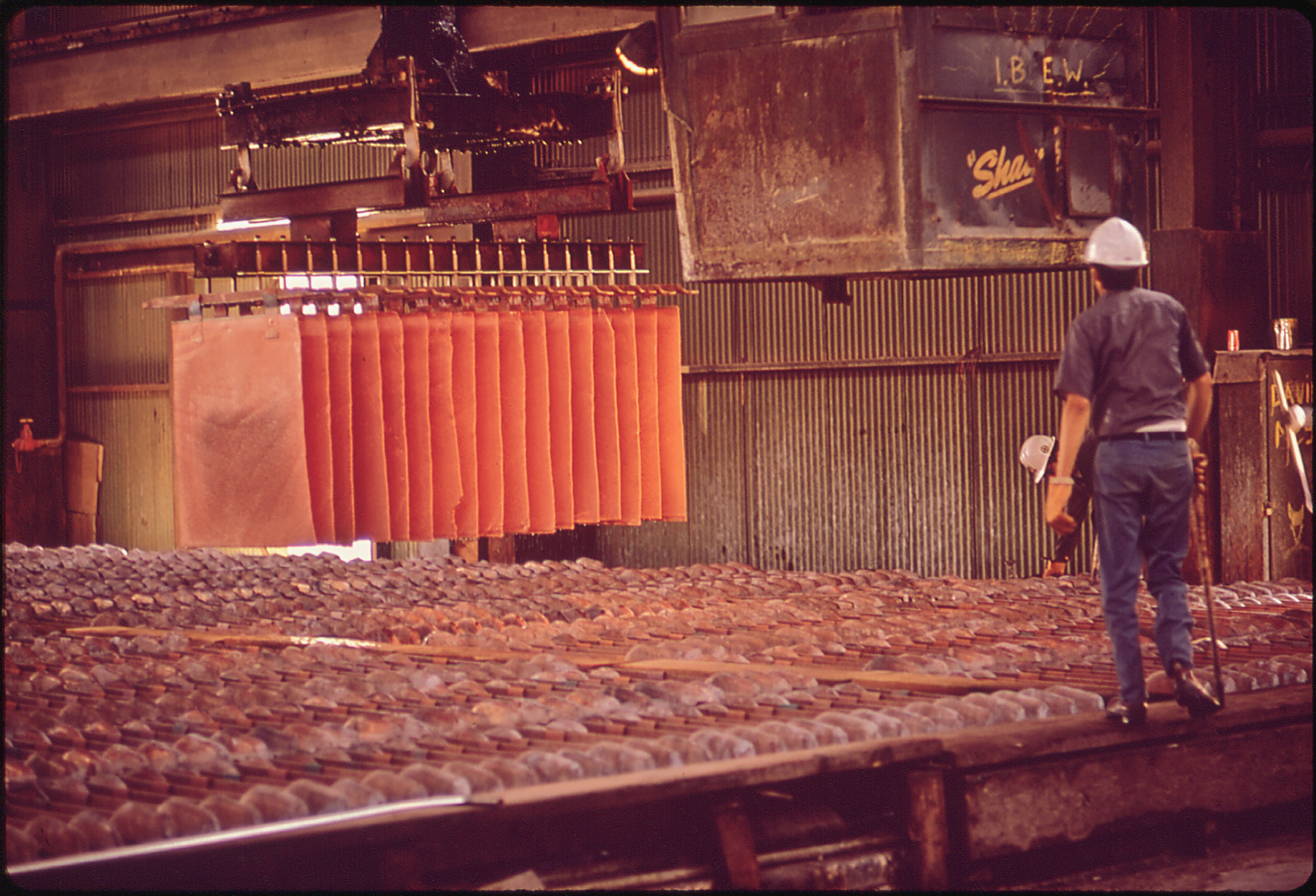Pablo Valenzuela, Luis Matamala, Álvaro Videla.
JI3 2016, number 7, pages 64-77.
Abstract
Current national situation, where copper price has tended to drop and energy has had an upward trend, strives to seek alternatives and to redesign mining processes, aimed at making them more efficient to reduce costs, in energy terms. Particularly, the process for copper Electro-Winning implies high energy consumption due to the necessity to split water molecules to complete the process. Power consumption is mainly determined by the properties of the material that is used as working electrode in the anodic reaction. Traditionally lead alloy anodes have been used, nevertheless, this study proves that it would exist an economic incentive to replace this technology by anodes of other materials, as for example Titanium alloy. In order to test the energy consumption of different materials, a voltammetry cycle was designed, as an experiment to analyse the electrochemical phenomena that take place when varying the potential applied to a working electrode through time. Thus, Tafel Slopes were obtained, in which the anodic branch (where water oxidation occurs) and the cathodic branch (where copper reduction occurs) are shown. The tests were carried out both in a 0.5M synthetic electrolyte of sulfuric acid and in an electrolyte originated in a real plant, for quantifying differences associated both to acid concentrations and to impurities present in the real plants. Results evidence that by using titanium alloys with metallic oxides (TiMMO) an energy consumption reduction of 36% can be obtained at laboratory, which would potentially imply important cost savings in energy.
